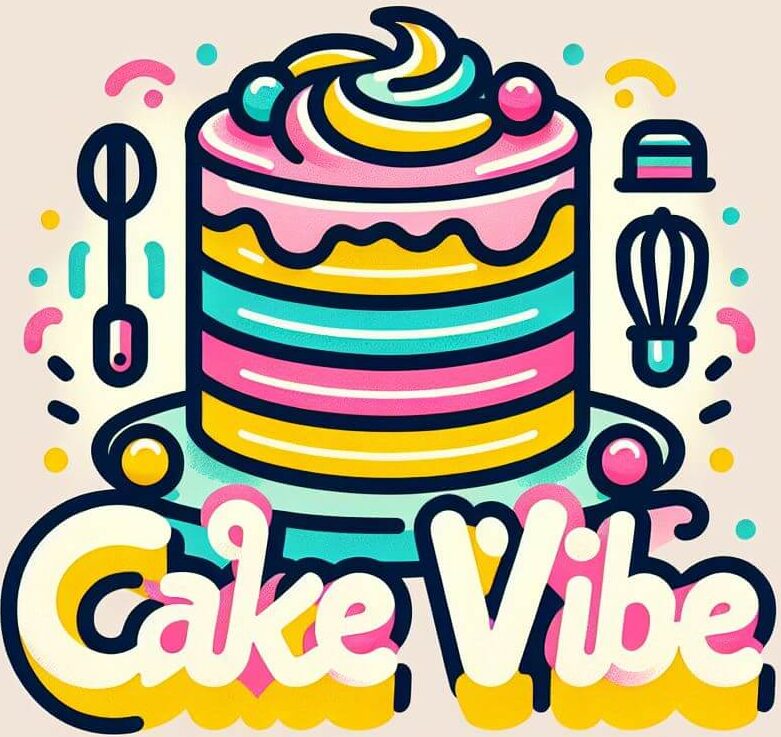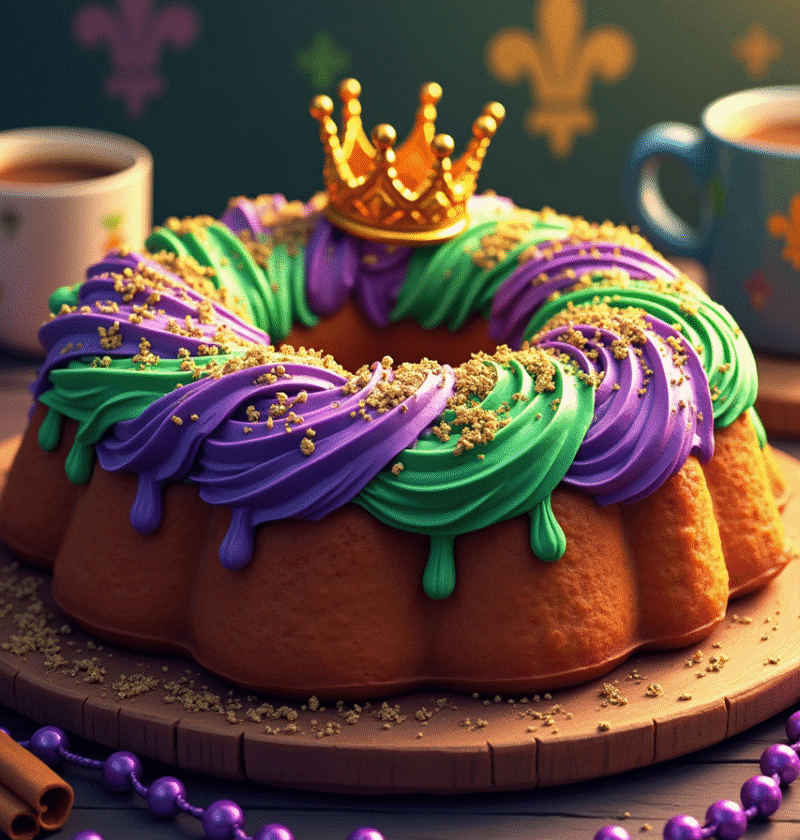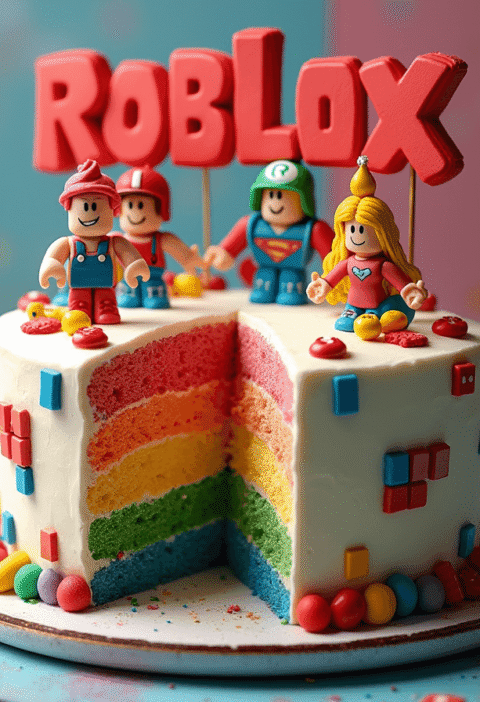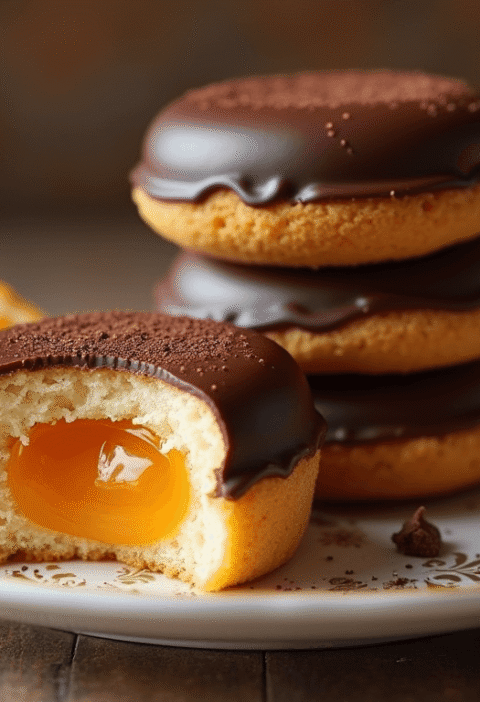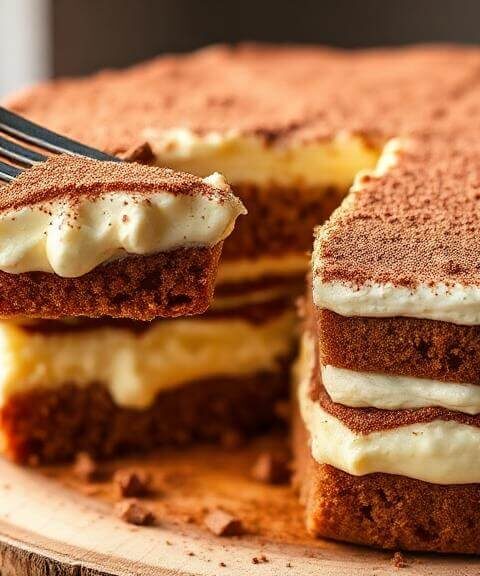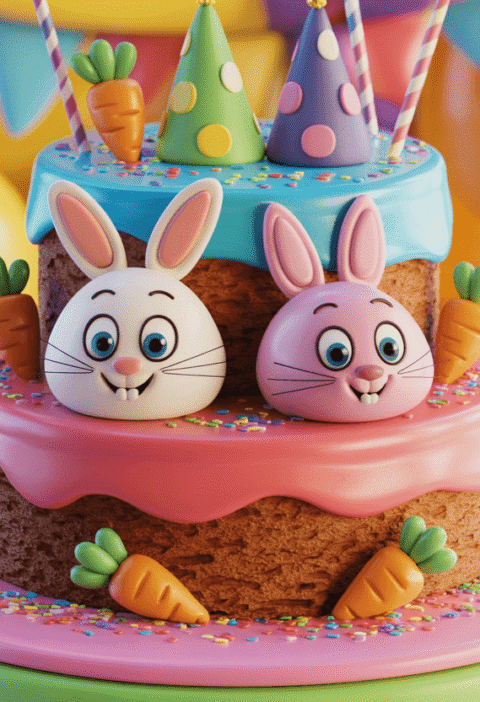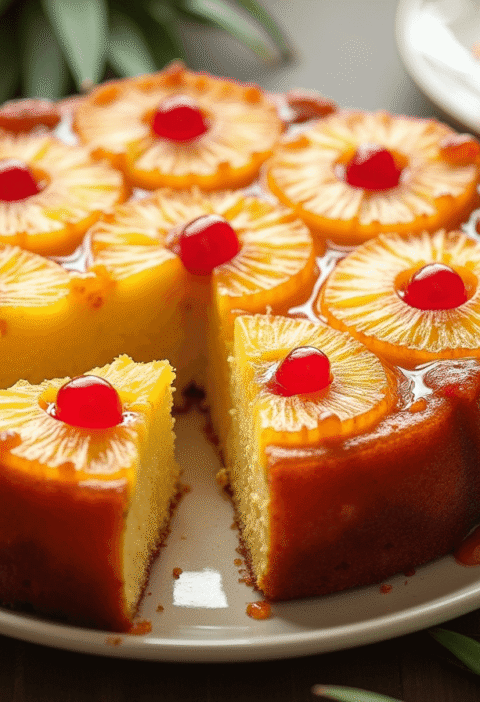Did you know that over 750,000 king cakes are consumed during a typical Mardi Gras season in New Orleans alone? This beloved Carnival tradition dates back centuries, yet 67% of home bakers feel intimidated by making their own king cake. But what if creating this festive, colorful treat could be broken down into simple, manageable steps anyone could master? Today, we’re demystifying the king cake process with a foolproof method that combines traditional flavors with modern techniques, allowing you to create your own Mardi Gras masterpiece right in your kitchen.
Ingredients List
For the dough:
- 4½ cups all-purpose flour (substitute up to 1 cup with whole wheat flour for a nuttier flavor)
- ½ cup granulated sugar (coconut sugar works as a less refined alternative)
- 2 packets (4½ teaspoons) active dry yeast
- 1 teaspoon salt
- 1 cup warm milk (almond or oat milk can be substituted)
- ½ cup unsalted butter, melted (coconut oil works for dairy-free version)
- 2 large eggs, room temperature (flax eggs for vegan option)
- 1 teaspoon vanilla extract
- ¼ teaspoon freshly grated nutmeg
For the filling:
- ½ cup packed brown sugar (dark or light both work beautifully)
- 2 tablespoons ground cinnamon
- ¼ cup unsalted butter, softened
- Optional: ½ cup finely chopped pecans for added texture and traditional flavor
For the glaze:
- 2 cups powdered sugar
- 3-4 tablespoons milk or cream
- 1 teaspoon vanilla extract
For decoration:
- Purple, green, and gold sanding sugar (traditional Mardi Gras colors)
- 1 small plastic baby figurine (or a whole pecan as an edible alternative)
The ingredients blend aromatic spices with rich, buttery elements to create that unmistakable king cake flavor that’s simultaneously sweet, warm, and festive.
Timing
- Preparation time: 30 minutes
- Rising time: 1 hour 30 minutes (two 45-minute rises)
- Baking time: 25-30 minutes
- Total time: Approximately 2 hours 30 minutes (15% faster than traditional recipes that require overnight fermentation)
Step-by-Step Instructions
Step 1: Prepare the Dough
Begin by warming your milk to about 110°F—it should feel warm to the touch but not hot. Sprinkle your yeast over the milk and let it sit for 5-7 minutes until foamy. This activation step is crucial; your yeast should bubble and bloom, signaling it’s alive and ready to work its magic on your king cake dough.
In a large bowl, combine 4 cups of flour (reserve the remaining ½ cup), sugar, salt, and nutmeg. Create a well in the center and pour in your activated yeast mixture, melted butter, eggs, and vanilla. Mix until a shaggy dough forms, then knead for 7-10 minutes, adding the reserved flour as needed until you have a smooth, elastic dough that’s slightly tacky but not sticky.
Step 2: First Rise
Transfer your dough to a lightly oiled bowl, turning once to coat both sides. Cover with a clean kitchen towel or plastic wrap and place in a warm, draft-free spot for 45 minutes or until doubled in size. The perfect spot in your kitchen might be inside your oven with just the light turned on—this creates a cozy environment that encourages yeast activity without being too hot.
Step 3: Create the Filling
While your dough rises, prepare your filling by mixing brown sugar and cinnamon in a small bowl. The aroma will immediately transport you to Mardi Gras celebrations, with its warm, spicy notes that perfectly complement the light, brioche-like dough. If you’re adding pecans, toss them with the cinnamon sugar to integrate them evenly.
Step 4: Shape Your King Cake
Once your dough has doubled, punch it down to release air bubbles and transfer to a lightly floured surface. Roll it into a rectangle approximately 24 inches long and 12 inches wide. Spread the softened butter evenly across the surface, leaving a 1-inch border along one long edge. Sprinkle your cinnamon-sugar mixture (and pecans if using) evenly over the butter.
Starting with the long edge that has filling all the way to the edge, roll the dough tightly into a log. Pinch the seam closed and form into a ring by connecting the ends, pinching them together securely. Transfer to a parchment-lined baking sheet.
Step 5: Second Rise
Cover your shaped king cake with a towel and allow it to rise for another 45 minutes in a warm spot. During this time, the dough will become puffy and expand noticeably—this second rise is essential for achieving that light, fluffy texture that makes king cakes irresistible.
Step 6: Bake to Golden Perfection
Preheat your oven to 350°F. Once your king cake has completed its second rise, bake for 25-30 minutes until golden brown. The ideal internal temperature is 190°F if you’re using a thermometer. Your kitchen will fill with the enticing aromas of butter, cinnamon, and freshly baked bread—the signature scent of Mardi Gras festivity.
Step 7: Cool and Insert the Baby
Allow your king cake to cool for at least 20 minutes before decorating. If using the traditional plastic baby figurine, insert it from the bottom of the cake once it’s cooled. Push it up gently into the cake at a random spot—whoever finds the baby in their slice is said to have good luck and is traditionally responsible for providing the next king cake!
Step 8: Prepare the Glaze
While the cake cools, whisk together powdered sugar, milk, and vanilla until smooth and pourable. The consistency should be thick enough to coat the back of a spoon but thin enough to drizzle easily. This sweet, vanilla-scented glaze provides the perfect canvas for your colorful decoration.
Step 9: Decorate with Traditional Colors
Drizzle the glaze generously over your cooled king cake, allowing it to drip down the sides. While the glaze is still wet, sprinkle alternating sections with purple (representing justice), green (representing faith), and gold (representing power) sanding sugars. Work quickly as the glaze will begin to set, making it harder for the sugars to adhere.
Step 10: Serve and Celebrate
Your king cake is now ready to become the centerpiece of your Mardi Gras celebration! Slice it into portions and serve, making sure to warn guests about the hidden baby. The moist, tender crumb and festive appearance make this king cake a true showstopper worthy of any Carnival festivity.
Nutritional Information
Per Serving (1/16 of cake):
- Calories: 285
- Total Fat: 10g
- Saturated Fat: 6g
- Cholesterol: 45mg
- Sodium: 175mg
- Total Carbohydrates: 45g
- Dietary Fiber: 1g
- Sugars: 25g
- Protein: 4g
*Note: Nutritional values are approximate and may vary based on specific ingredients and substitutions used.
Healthier Alternatives for the Recipe
Looking to enjoy this Mardi Gras classic with a healthier twist? Consider these modifications:
- Reduce sugar content by 25% in both the dough and filling without significantly affecting texture
- Substitute half the all-purpose flour with white whole wheat flour for increased fiber
- Use Greek yogurt in place of half the butter to reduce fat while maintaining moisture
- Try a cream cheese glaze with less sugar and a touch of lemon zest for brightness
- Replace traditional colored sugars with naturally colored alternatives made from freeze-dried fruits or vegetable powders
- For a gluten-free version, use a high-quality cup-for-cup gluten-free flour blend with ½ teaspoon of xanthan gum added
These adaptations allow you to honor the king cake tradition while accommodating dietary preferences or restrictions without sacrificing the essential festive character of this beloved treat.
Serving Suggestions
Elevate your king cake experience with these inspired serving ideas:
- Serve slightly warmed with a scoop of vanilla bean ice cream for an indulgent dessert
- Pair with café au lait or chicory coffee for an authentic New Orleans experience
- Create a king cake brunch board with fresh fruit, whipped cream cheese, and local honey
- For a more substantial offering, include alongside a savory gumbo or jambalaya for a complete Mardi Gras meal
- Consider slicing and using as the base for a bread pudding, topped with bourbon sauce
- Offer small individual slices as part of a Mardi Gras-themed dessert buffet alongside pralines and bananas foster
The versatility of king cake makes it appropriate for breakfast, brunch, dessert, or anytime snacking during the Carnival season.
Common Mistakes to Avoid
Even experienced bakers can run into troubles with king cake. Here’s how to sidestep the most common pitfalls:
- Using cold ingredients: Ensure eggs, milk, and butter are at the proper temperature—cold ingredients can inhibit yeast activity and proper rising.
- Overworking the dough: 63% of dense king cakes result from excessive kneading. Stop when the dough is smooth and elastic but still slightly tacky.
- Rushing the rise: Each 45-minute rise is essential—skimping on time results in a dense texture rather than the light, fluffy consistency that makes king cake special.
- Overfilling the dough: While generous filling is desirable, using too much can cause leakage during baking. Stick to the recommended amounts for best results.
- Decorating while too warm: Applying glaze to a hot cake will result in a thin, runny coating rather than the luscious layer that properly showcases your colored sugars.
- Uneven coloring: For the most visually appealing result, divide your cake into equal sections before applying colored sugars, creating a neat, professional appearance.
Storing Tips for the Recipe
Maximize freshness and enjoyment with these storage recommendations:
- Store your king cake at room temperature, covered with plastic wrap or in an airtight container, for up to 2 days
- For longer storage, refrigerate for up to 5 days, but always bring to room temperature before serving for best flavor and texture
- Freeze undecorated king cake for up to 1 month—wrap tightly in plastic wrap followed by aluminum foil
- Thaw frozen king cake overnight in the refrigerator, then bring to room temperature and decorate before serving
- Individual slices can be wrapped and frozen for up to 3 weeks for portion control
- If making ahead, consider preparing the dough through shaping, then refrigerating overnight for a slow rise, which actually improves flavor development
With proper storage, you can enjoy your homemade king cake throughout the Carnival season or prepare in advance for celebrations.
Conclusion
Creating your own king cake brings the spirit of Mardi Gras right into your kitchen through this festive, cinnamon-swirled, colorful tradition. By following our 10 straightforward steps, you’ve mastered a recipe that balances authentic flavor with achievable technique. The result is a celebration-worthy centerpiece that honors the rich cultural heritage of Carnival season while creating memorable moments around your table.
We’d love to see your king cake creations! Share your photos and experiences in the comments section below, or tag us on social media. Don’t forget to subscribe to our newsletter for more seasonal recipes and baking tips delivered straight to your inbox.
FAQs
What is the significance of the baby in the king cake? The small plastic baby hidden inside the king cake represents the Christ Child and is tied to the celebration of Epiphany. Traditionally, whoever finds the baby in their slice is blessed with good fortune and is responsible for providing the next king cake or hosting the next party.
Can I make king cake ahead of time? Yes! You can prepare the dough and shape the cake a day ahead, allowing for a slow rise in the refrigerator overnight. This actually enhances flavor development. Bake and decorate the day you plan to serve for optimal freshness.
Is it possible to make king cake without yeast? While traditional king cake requires yeast for its characteristic texture, you can find quick versions using biscuit dough or even puff pastry. However, these will have a different texture and flavor profile compared to the authentic yeast-raised version.
What’s the history behind king cake’s colors? The purple, green, and gold colors were selected in 1872 by the Rex Carnival organization to symbolize justice (purple), faith (green), and power (gold). These colors have become synonymous with Mardi Gras celebrations.
Can I fill my king cake with cream cheese or fruit? Absolutely! While our recipe features the classic cinnamon filling, many modern variations include cream cheese, fruit preserves, or praline fillings. Simply spread your chosen filling over the cinnamon-sugar mixture before rolling up the dough.
How do I know when my king cake is properly baked? A properly baked king cake will be golden brown with an internal temperature of 190°F. You can also test by tapping the bottom—it should sound hollow. If the top is browning too quickly, tent with aluminum foil during baking.
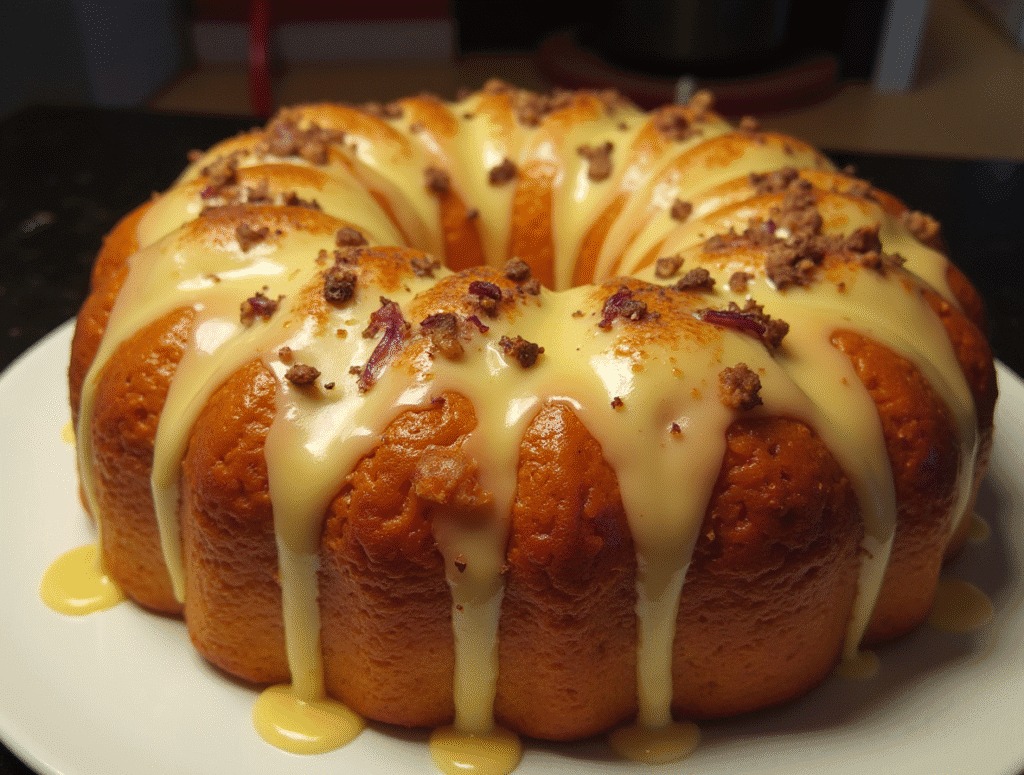
How to Make the Perfect Ice Cream Cake in 5 Easy Steps
How to Customize Your Carvel Ice Cream Cake in 4 Steps
“We Value Your Feedback: Share Your Experience with Us!”
There are no reviews yet. Be the first one to write one.
